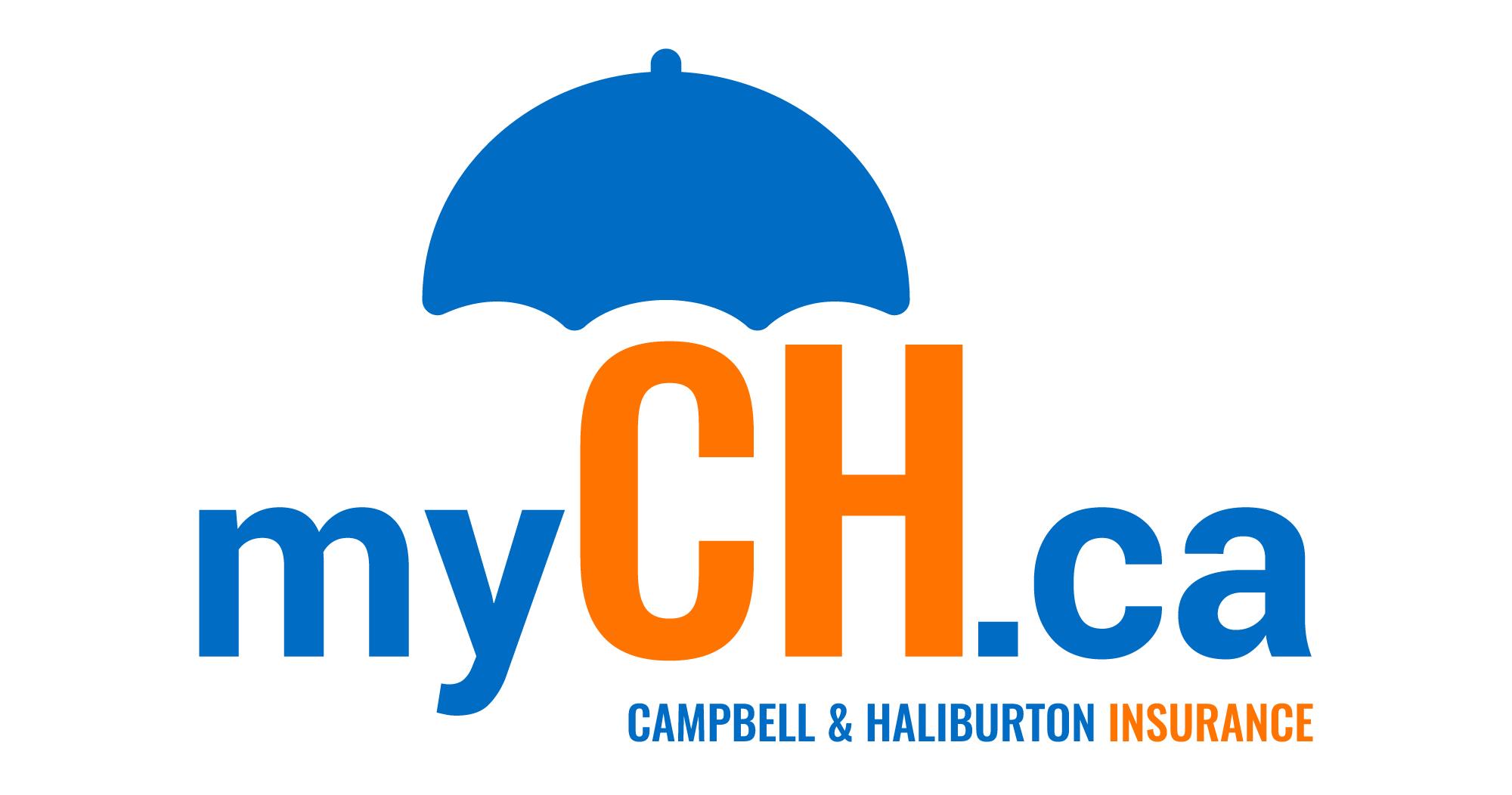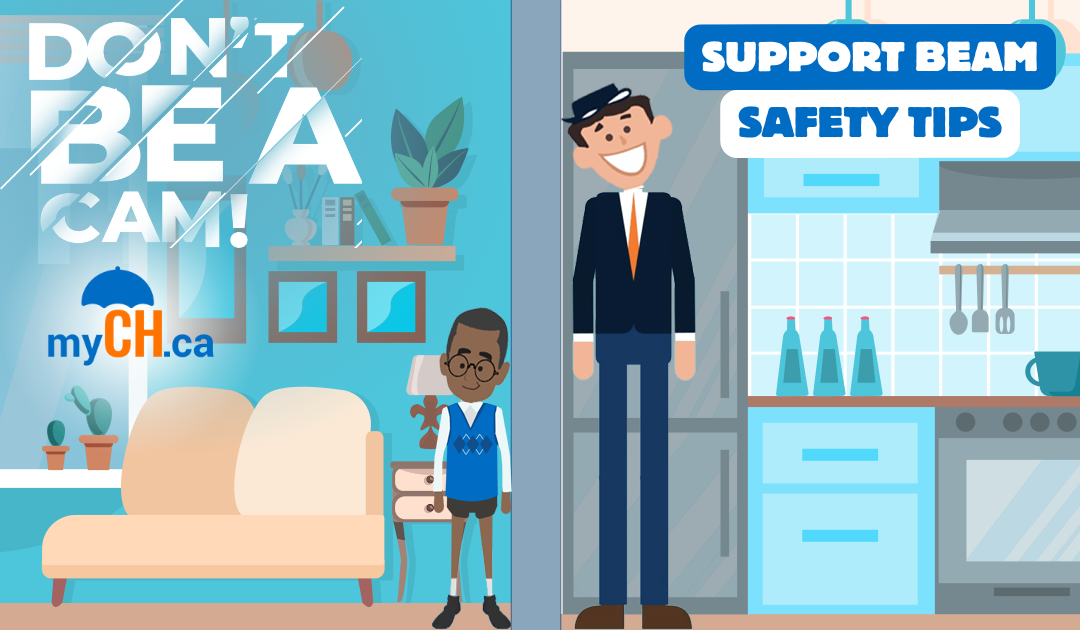This week Cam decided to remove a wall at his friend’s house, unbeknownst to him, it was a support beam. As we never recommend following the advice of Cam, myCH.ca is going to provide safety tips for working with a support beam!
Support Beam Safety
Mitigating Height Hazards
Installing a support beam can pose a number of hazards including the danger of working at heights. Therefore, working safely at heights to mitigate injuries from falls requires training, the right equipment and adherence to all safety precautions. Understanding the risks is essential to making the safest choices for both you and others.
General Hazards
Height Risks
Height can include anywhere that there is a potential to fall; a ladder, roof, loading dock, or even an open area in flooring, etc.
Utilize Railings
Wherever possible, use a railing. There are several styles of portable railings for working on rooftops.
Wear Appropriate PPE
Use the proper personal protective equipment (PPE), such as a full body harness.
Select Reliable Anchors
Choose an acceptable anchor point made of structural steel and approved by a professional engineer.
PPE Inspection
PPE should be inspected each time prior to use. Ensure there are no cuts or tears to the webbing, worn spots, missing stitching or other signs of wear. The safety label should be visible to inform you of capacity limits or other safety considerations.
Fall Dynamics
Understand your fall distance and account for your height, the distance it would take for your safety lanyard to deploy, and potential sag in your harness. If all of those factors are greater than your fall distance, then the result will be impact and injury.
Select Proper Equipment
In addition to a harness, select the appropriate equipment for working at heights which could include a scafford, aerial lift or ladder.
Secure Lifts
When working in a lift, it’s important to “tie-off” or secure yourself to the lift, while accurately calculating the fall distance. Both feet should remain firmly planted on the platform of the lift.

Ladder Safety
Ladder Extension
When using a ladder, it should extend at least three feet beyond the highest point to which you are climbing.
Ladder Position
The base should be placed one foot away at the bottom for every four feet the ladder rises (i.e. two feet away at the base if the ladder rises eight feet).
3 Points of Contact
You should always have three points of contact on the ladder at all times (i.e. Two hands, two feet; any combination of three must be in contact at all times.)
Ladder Loads
Do not carry a load up a ladder with you. Place small tools in a belt or pocket and use a rope system to haul up larger items.
Contact Us
Don’t be a Cam, please talk to your insurance broker before you embark on any DIY projects. myCH.ca is there to help you prepare in advance for what life might throw your way. If you are interested in discussing any insurance policy options with one of our skilled brokers, you can contact us:
- Calling your insurance broker or giving us a call at our main line: 306-757-0621.
- Filling out an online quote form.
- E-mailing us at hello@myCH.ca!

